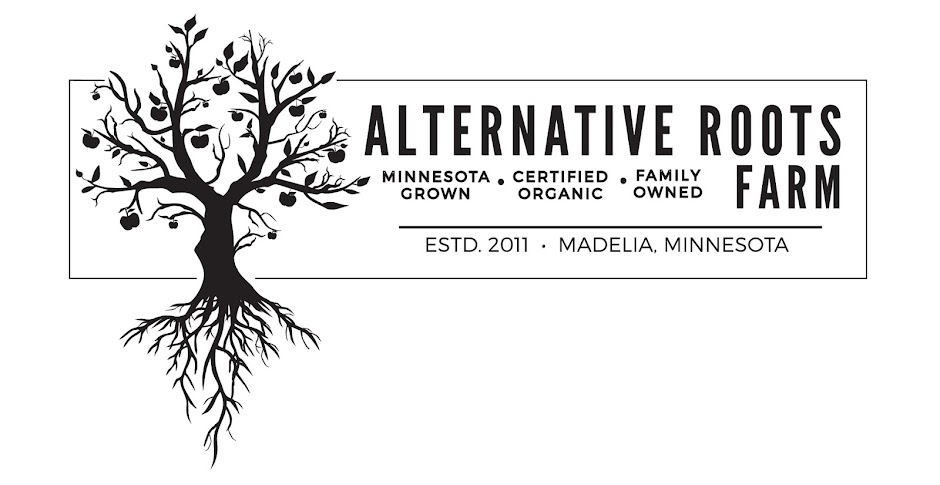 |
| Suzy is a snuggler. |
With the ladies needing to be bred, and not wanting to rush a search for a boar, we shipped Vera, Suzy and Elsa off for a little romantic getaway with Buddy. They were away for nine days and it was so quiet! Dafney and PBJ soaked up the attention in their absence.
 |
| Elsa snoozing and Vera yawning - these two are really buddies. |
 |
| Suzy, PBJ and Dafney snoozing. |
(Warning: Hog breed tangent, skip ahead to avoid the nerdiness, or read on!)
Vera is a North American Guinea Hog/Ossabaw Island cross. Elsa and Suzy have those same genetics, with some GOS genetics, as well as a bit of Duroc and Hampshire. So basically they are lovely heritage mutts. You can see more Duroc in Suzy and a lot of Ossabaw in Elsa.
Two years ago we started with a Guinea Hog/Ossabaw cross and we really loved their temperament, size and foraging qualities. These breeds bring qualities of winter hardiness, efficiency of turning forage into meat, delicious fat, docility and the smaller size we are looking for. The Guinea Hog is a threatened species and the Ossabaw a critical species. They have a final weight of 150-200 lbs. Also, their darker skin removes the issue of sunburn, but we need to make sure they have a good wallow in the summer so they don't overheat.
We chose to introduce the GOS, to the Guinea Hog/Ossabaw cross, to produce a pig that would grow a little faster and larger, while maintaining a docile temperament and excellent foraging qualities. With a finishing weight of 275-300, GOS are excellent grazers and foragers. They are well known for their docility, intelligence and large liter size. They are also referred to as the "orchard pig" and are the royal pigs for the British Royal Family.
Side note: For further nerdery, check out the Mangalitsa, which is what the ladies were bred to - it's like a hairy dog-pig.
(End tangent...)
 |
| Sir Renfred, in his first few days with us. |
This was our first time introducing a new member to the drift (herd), which meant pig quarantine, a common practice. Shortly we will be introducing everyone to each other. For now, the ladies gaze longingly in his direction. The next step will be to meet across a fence, then finally everyone will get to hang out! In this time he is gaining a bit of size (just over 100 lbs now), it will be nice to have him a little larger come meet-and-greet time.
 |
| Dafney was a sweetheart from day one. |
"You gotta love the animals you are going to kill. If you don't there is a disconnect." - Stefan Kobowiak
So I bawled a little, and I teared up a little writing this, but that is good - I am, we are, passionate about healthy, humanely raised animals, we care. We are fortunate to work with George's City Meats for excellent service and an understanding of our practices, and we are fortunate to have great pork-loving customers who appreciate the way we raise our animals. In the end, we are grateful for the delicious, healthy meat that feeds our family - we know how it was raised, what it was fed and that it did not harm the animal, nor the ecosystem.
 |
| Suzy, with her belly beginning to round. |
 |
| Vera. Love those ears. |
